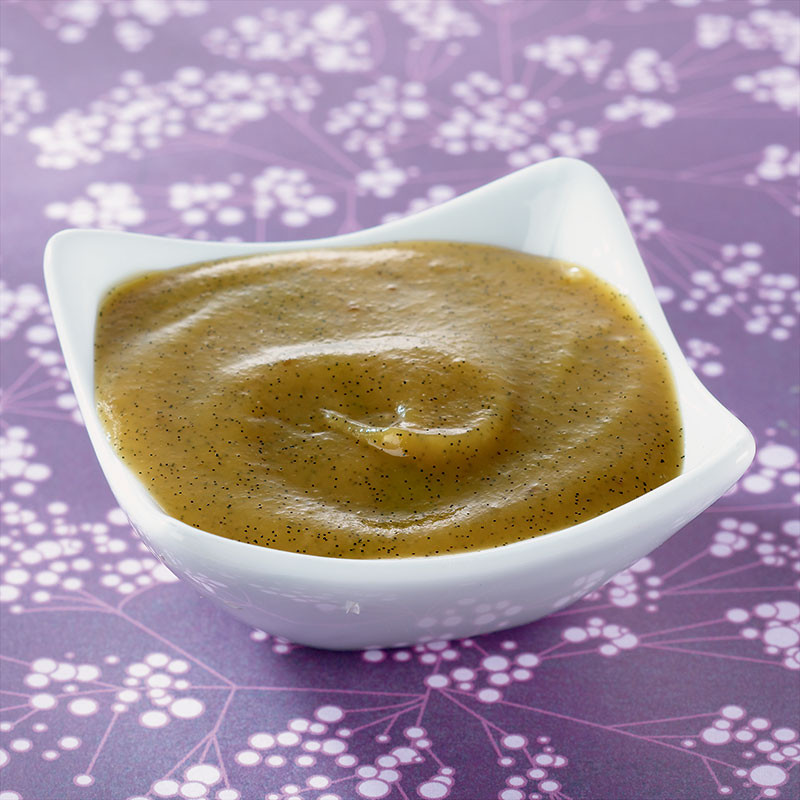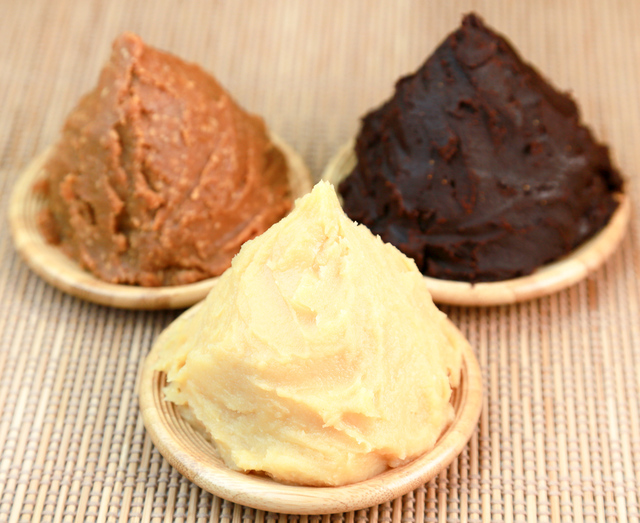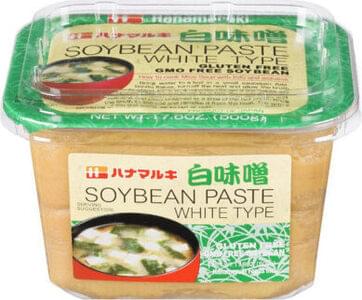
Miso aka also contains a higher proportion of soybean to rice than white miso. A red miso is stronger with a more complex umami flavor than white miso as it has been aged for longer often for between one and three years.

Red Miso Paste (Miso Aka)Ĭonsidered to be any dark miso paste, red miso paste (miso aka) is usually a shade of brown and chunkier than white miso. Most Japanese miso pastes labeled as yuuki are organically grown rather than GM soybeans and miso labeled as mutenka is often non-GMO. There are also a range of non-GMO and organic pastes available. Similarly, a white paste that has been pasteurized will have been produced quickly rather than being left to ferment - fermentation would otherwise replace the need for pasteurization.Īlso look for sensible packaging that is easy to open and can be resealed after opening. Because white miso does not need to be fermented as long, some producers add preservatives (such as alcohol) to replace the time that it would otherwise have been fermented. Alcohol is not a key ingredient in miso, so you can choose a paste without. When choosing the best white miso paste, look for minimal ingredients. The color of white miso paste is usually beige to light yellow. You can also use it in light sauces and even desserts, and it can take the place of dairy in some recipes such as mashed potatoes. It is also fermented for a shorter time than other miso pastes.Īlso known as mellow or sweet miso, white miso is popular in Japanese cuisine for fish marinades and dressings. This is because white miso or shiro miso has a lighter and smooth flavor as it is made from soybeans with a higher proportion of rice. The best miso paste for soup made at home is often a white paste. As miso is so often used in miso soup, you may sometimes find miso paste that already has dashi stock added (dashi iri). Miso paste is often categorized into colors, with white and red being the main colors of miso paste available in the US. Where it is made, the type of Koji culture used, ingredient proportions and how it ferments are some of the factors that distinguish different miso pastes. The same thing applies if you are using it in salad dressings, try thinning it with sake or olive oil before adding to the dressing. As miso doesnt soften quickly, straining it into the dish, or mixing it in a separate dish with some stock before putting it in the pan will ensure that you do not end up with miso lumps. Miso is usually best added at the end of the cooking when the heat is low or turned off. As miso is live (like yogurt), the boiling temperature will kill off those beneficial bacteria. Popular in miso soup, where it is mixed with dashi soup stock, you can use miso it in a wide range of recipes, although however you use it, always avoid boiling any dishes with miso in them. Miso which has been fermented longer has a more complex taste and aroma and is saltier. This mixture is then left to ferment for anything from a few months to a few years. A small quantity of miso from an earlier batch is usually included to help get the fermentation started. Miso paste is made with cooked soybeans, a grain such as rice or barley which has been cultured with Koji (a mold), water and salt. doi:10.4088/PCC.Things to Consider Before Buying Miso Paste Reducing the Burden of Difficult-to-Treat Major Depressive Disorder: Revisiting Monoamine Oxidase Inhibitor Therapy. Shaking the Salt Habit to Lower High Blood Pressure. American College of Allergy, Asthma, and Immunology. Are antioxidants helpful for disease prevention?. Hajhashemi V, Vaseghi G, Pourfarzam M, Abdollahi A. Isoflavones: Anti-inflammatory benefit and possible caveats. Beneficial biological effects of miso with reference to radiation injury, cancer and hypertension. An insight into the health benefits of fermented soy products. Review of the health benefits of habitual consumption of miso soup: focus on the effects on sympathetic nerve activity, blood pressure, and heart rate.


Soy foods have low glycemic and insulin response indices in normal weight subjects.

Department of Agriculture.īlair RM, Henley EC, Tabor A.


 0 kommentar(er)
0 kommentar(er)
